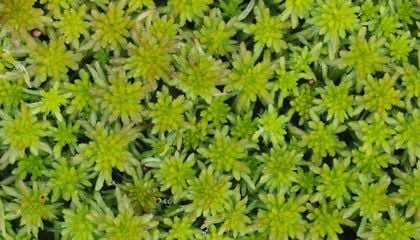How Humble Moss Healed the Wounds of Thousands in World War I
The First World War had just begun, and already the wounds were rotting on the battlefield. In the last months of 1914, doctors like Sir. W. Watson Cheyne of the Royal College of Surgeons of England noted with horror the “great prevalence of sepsis,” the potentially life-threatening response triggered by a bad infection. And by December 1915, a British report warned that the thousands of wounded men were threatening to exhaust the material for bandages.
Desperate to get their hands on something sterile that would keep wounds clear of infection, doctors started getting creative. They tried everything from irrigating the wounds with chlorine solutions to creating bandages infused with carbolic acid, formaldehyde or mercury chloride, with … Continue Reading
